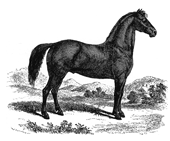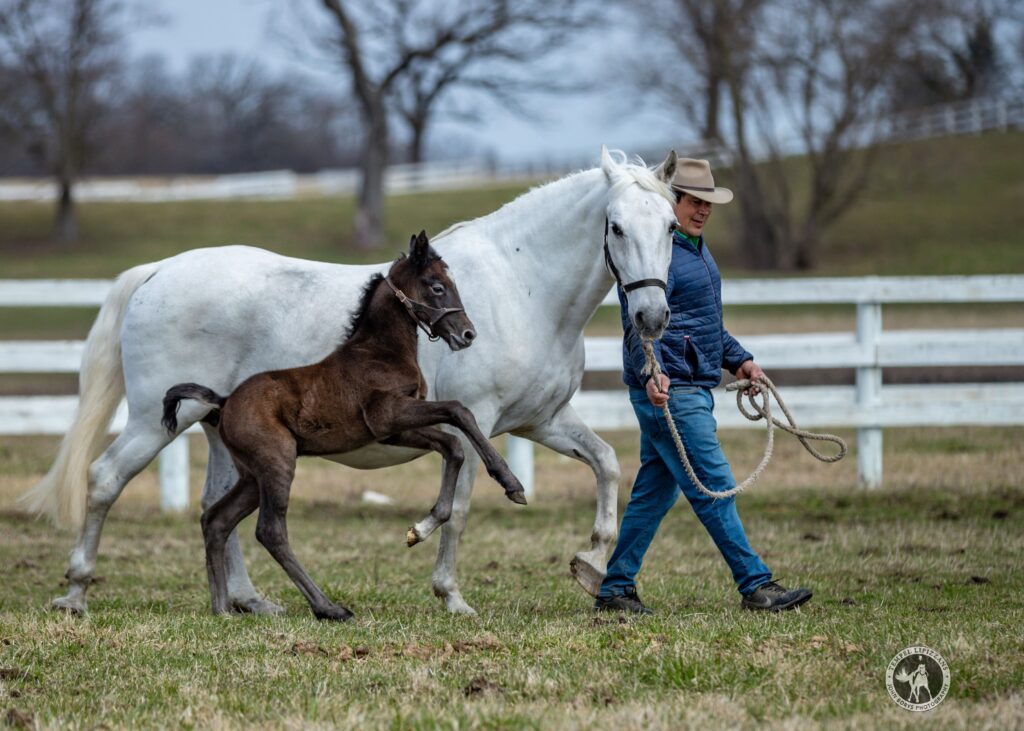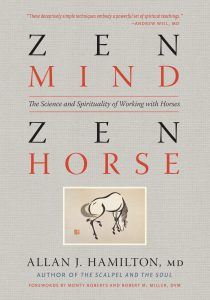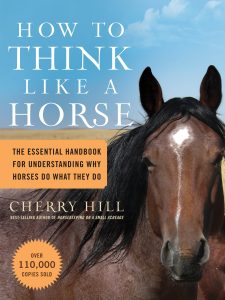
Breed Facts
Status:
Threatened
Use:
Riding, Driving, Dressage
Adult Weight:
1100 lbs.
Adult Height:
Average 15.1-15.2 hands
Temperament:
Docile
Experience Level:
Novice
Notes:
Predominantly grey; famous breed for classical dressage movements; superior balance and gait
LIPIZZAN
The Lipizzan is one of the most famous horse breeds in the world. Celebrated in film and on television, the “white stallions” of the Spanish Riding School are easily recognized by the public.
The Lipizzan had its genetic origins in Spain from stock that included Spanish and Moroccan Barb blood. Spanish horses were used for all purposes, but their athletic skill and intelligence were especially valued in the classical riding practiced in the Renaissance. These horses were trained to perform the classical dressage “haute école” (high school) movements that include controlled, stylized jumps and “airs above the ground.” For this reason, Maximillian II of Austria (son of Emperor Ferdinand I) chose Spanish horses as the foundation for a royal stud formed in 1560 at Kladrub. (now in the Czech Republic). Maximillian’s brother, Archduke Charles, also established a royal stud with Spanish stock about 1580 in the village of Lipica (also known as Lipizza, now in Slovenia) near Triest, Italy.

Lipizzan Mare and Foal with Arturo Novoa, Photo by John Borys, courtesy of Tempel Lipizzans
The two studs collaborated closely and both supplied horses to the Spanish Riding School of Vienna. Eventually, selection goals diverged, which led to the formation of the Kladruby (also called Kladruber and the Kladrubsky) breed as a heavier carriage horse and the Lipizzan breed as a lighter riding horse.
The fortunes of the Lipizzan were threatened in the 1900s by economic and political instability and war in Central Europe. The Hapsburg empire collapsed in 1910, and Lipizza found itself a part of Italy. Part of the Lipizzan horse population was moved to Austria, where the government established a stud at Piber. World War II caused significant damage to the breed, with the loss of a great many horses and the pedigree records of many of the survivors, which were then removed from the purebred population. More recently, civil war in the former Yugoslavia in the 1980s-1990s destroyed many of the herds in that region. Time and again, the Lipizzan’s international distribution has proven essential to its survival.
The history of the Lipizzan is reflected in the historic documentation of bloodlines within the breed. Six stallion families are known: Pluto, Conversano, Favory, Neapolitano, Siglavy, and Maestoso. There are several mare families as well. These bloodlines are identified genetic resources within the breed, and their conservation is of great importance.
The Lipizzan has been selected as the national animal of Slovenia and can be found on coins from that country.
Austrian born opera singer Maria Jeritza brought the first Lipizzans, two stallions and two mares, to the US (California) in 1937. In 1945, General George Patton brought the stallion Pluto XX and some mares from Austria. These horses were later given to the US Army. In 1958, Tempel and Esther Smith imported twenty horses and began Tempel Farms, the largest privately-owned herd of Lipizzan horses, and the only private facility that breeds, trains, and performs according to the breeding plan of Piber, the stud farm of the Spanish Riding School.
The Lipizzan is a compact and powerful horse standing 15.1-15.2 hands (56-60″) at the withers and 1,000-1,300 lbs. The head is long with a flat or convex profile, and the neck is muscular and well arched. The chest is deep and wide, with powerful and sloping shoulders. More rectangular than square. Although sometimes referred to as “white” horses, they are actually gray, with the dark eyes and skin of gray horses. Most foals are born with dark coats that lighten to white between the ages of four and ten, although a few remain black or bay as adults. Any other color is neither supported nor promoted by the Lipizzan breed organizations.
The breed is kind and friendly with people, and they are a good choice for all levels of riders. They have a unique ability to concentrate which is one of the reasons they are so successful with the specialized dressage movements they perform. It is worth noting that the Lipizzan follows the rules of the US Equestrian Federation, so children are not allowed to exhibit stallions.
The Lipizzan breed is rare, although their international numbers are growing. The breed is most often used as it was traditionally, for riding and driving, though it has begun to gain more notice in dressage competitions. Though the superior balance and action of the Lipizzan has been celebrated for centuries, the breed gives a very different performance than the larger “warmblood” breeds of Europe. As a result, it is not always rewarded in the show ring. If Lipizzans find a modern niche as sport horses, continued selection for performance will be encouraged, and conservation of the breed’s complete genetic heritage will be accomplished.
Did you know:
The Livestock Conservancy writes, publishes, and sells books to help educate heritage breeders. Your membership dollars help us develop resources for farmers, ranchers, and shepherds across America. Click here to browse the shelves of our online bookstore.
You may be interested in…
Managing Breeds for a Secure Future
By Dr. Phil Sponenberg, Dr. Alison Martin, Jeannette Beranger
$34.95
Manual of Methods for Preservation of Valuable Equine Genetics
By Kindra Rader, Charles C. Love, Charlene R. Couch and Katrin Hinrichs
$19.95

Breed Facts
Status:
Threatened
Use:
Riding, Driving, Dressage
Adult Weight:
1100 lbs
Temperament:
Docile
Experience Level:
Novice
Notes:
Predominantly grey, famous breed for classical riding, superior balance and gait
You may be interested in…
Managing Breeds for a Secure Future
By Dr. Phil Sponenberg, Dr. Alison Martin, Jeannette Beranger
$34.95
Manual of Methods for Preservation of Valuable Equine Genetics
By Kindra Rader, Charles C. Love, Charlene R. Couch and Katrin Hinrichs
$19.95





